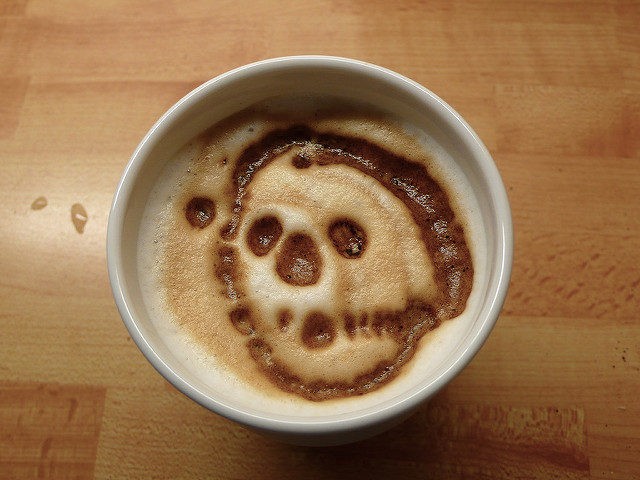California lawmakers are considering a bill that would legalize “liquid cremation,” an “environmentally-friendly” process of using a chemical base mixture to destroy human remains as an alternative to cremation, which critics say causes pollution and climate change.
If Assembly Bill 967, known as “Human remains disposal: alkaline hydrolysis: licensure and regulation,” passes, Californians could be allowed to dissolve their loved ones’ remains by the year 2020.
This is reportedly the third attempt to pass such legislation.
AB 967 was introduced in State California Assemblyman Todd Rex Gloria (D-San Diego) at the beginning of 2017. Gloria served as the interim mayor of San Diego for seven months before Mayor Kevin Faulconer was sworn in after Bob Filner (D-CA) resigned following a sex scandal.
According to Bay Area public radio station KQED, a “green alternative, known as water cremation, bio-cremation or flameless cremation” is becoming more popular:
Basically, the body is dissolved in a hot chemical bath, leaving a sterile solution that can be flushed down the drain. The carbon footprint of this process is just a quarter of traditional fire cremation because it uses so much less energy; and only a sixth of a burial because it doesn’t require the materials for concrete headstones, mahogany caskets or the chemicals used in embalming.
Dissolving the body also allows metals in the body to be recovered and recycled, and prevents possible toxins, such as the mercury in tooth fillings, from being released into the atmosphere.
Funeral homes reportedly charge $150-$500 more for this liquid cremation process than for cremation using fire.
Time magazine, in a documentary called “Ashes to Ashes,” went through the cremation by water process:
KQED notes that the only place in California where bodies are currently cremated by water or dissolved — legally — is in a basement lab at UCLA, where cadavers that are no longer useful for medical students are flushed away.
One would think that acid is used to melt these bodies. However, Dean Fisher, the head of UCLA’s Donated Body Program, told KQED that it the chemical used is a base — namely, potassium hydroxid, which reportedly “catalyzes the hydrogen in water to more rapidly attack the chemical bonds between molecules in the body. (The process is technically called alkaline hydrolysis.)”
Bones remain left behind and can pulverized into a fine particulate mass that families can keep if they wish, just as some do with the ashes from cremation.
Those in favor of cremation overall believe it to be a better alternative to burying remains in coffins, in the ground because that takes up space. However, others see the cremation process as being disrespectful to human dignity, and many religions prohibit cremation, liquid or otherwise.

COMMENTS
Please let us know if you're having issues with commenting.